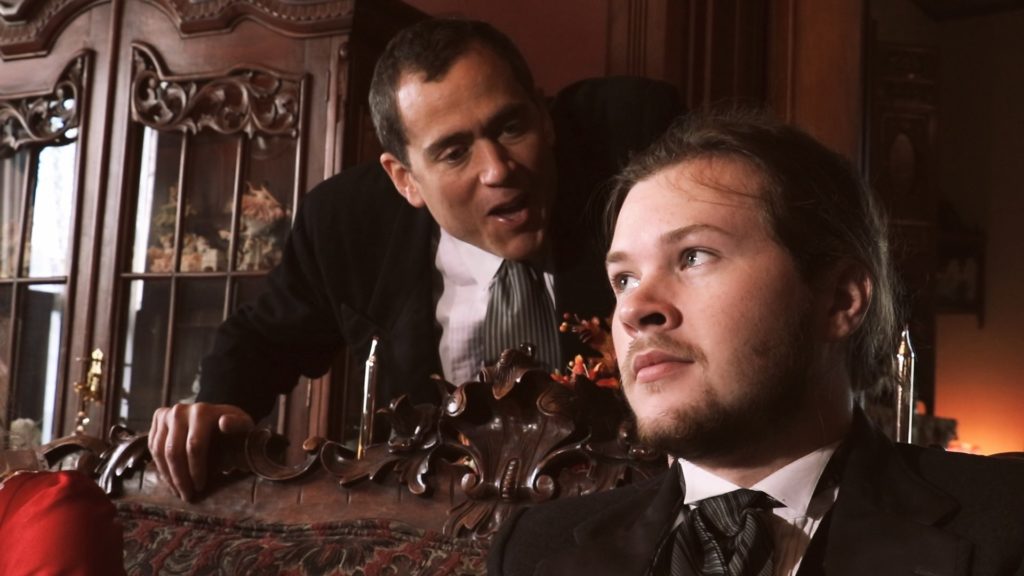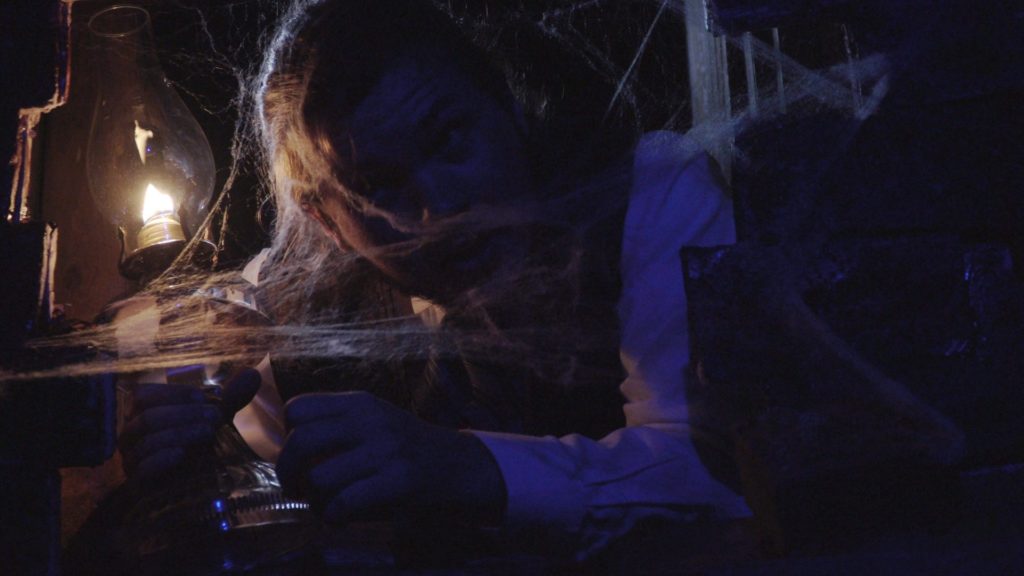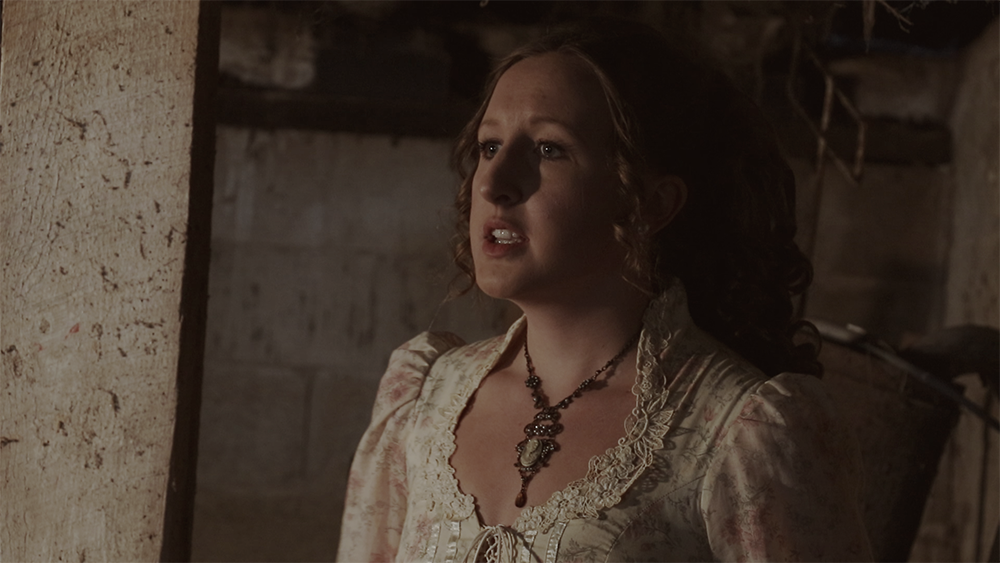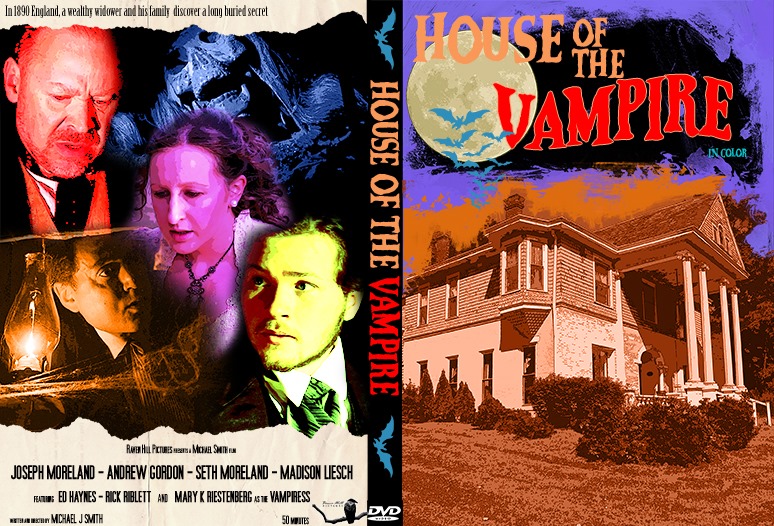By Kevin Nickelson
Even the cross that indie filmmakers must bear is the notion that the ambition outweighs reality of the resources available to create. Specifically, as it pertains to budget. Success in a project comes down to simply making the most creatively out of what funds you have at your disposal. For many the average filmmaker this dilemma provides a certain amount of scapegoating to be just enough on the surface as an artist to satisfy financial backers and the fan base alike. The few who separate themselves from the rest of the flock as truly gifted helmers manage to, at least, eke out an original twist, a unique setting or theme. If you have $500 and you need to recreate the 19th century Victorian period, using the money to rent an old style-looking house and ransacking the local theatrical costume rental shop goes a long way toward showing a bit of style and atmosphere. Working within a meager budget even if it means grilled cheese sandwiches for lunch the entire shoot (on government cheese no less). The folks at Raven Hill Pictures likely did not have those extreme lows in budget but, from what is observed in viewing their 2021 short House of the Vampire, the phrase “spare no expense” was not likely uttered at any point by the producer. Yet director Michael Smith still manages to craft a nimble homage to the gothic vampire stories of yesterday done to abandon by Hammer Films and Dan Curtis (he of Dark Shadows creating fame).

A secluded manor house in Victorian England proves the perfect landing spot for an 18th century vampiress to be resurrected and cause havoc with the family now living there. Credit to Smith for not simply copying the old tropes (wooden stake in the heart, garlic to repel the creature, biblical scripture repetition needed etc.) used by the screenwriters of old in dealing with the fanged beast. Iron spikes play a prominent role here (yes, along with still a contrivance or two of running water and the crucifix) as does light bouncing from a mirror. At 49 minutes in length, the project feels more than a short and more like the 2nd feature quickies that studios like Universal and Columbia cranked out in the 1940s to pad their double bills. It’s fast-paced but still offers enough of a modicum of fleshing out of the characters and even a few flashbacks for exposition.


On the downside, I did note the odd prop mistake as it pertains to time period. The swivel office chairs used in a few scenes look just a bit too modern for the 19th century and the hair styles do not seem to reflect the period much. Still, this is all a nitpick, really. Enough atmospheric dressing was applied to the set design to convincingly place the viewer in period. On a technical level, there are some neat moments involving cgi (bat swarms, the vampiric girl disappearing into clouds of smoke) that help belie the budget constraints and some truly grisly gore moments for fans of blood packet effects. The entire cast is effective in what are rather stock type roles. Joseph Moreland is curmudgeonly as the patriarch Reginald Abshire. Seth Moreland is appropriately tight-lipped as the young hero William Abshire and Madison Liesch lends strength to the heroine Lillian role. Mary Kay Riestenberg is all snarl and hiss as the titular bloodsucker and a load of fun under a heavy layer of makeup.
If you are seeking examples of helmers who have the capability and desire to do more with less, you would do well to give a watch to House of the Vampire, an easy, gory and fun way to spend an hour. Perhaps best at the stroke of midnight on a Saturday night.

